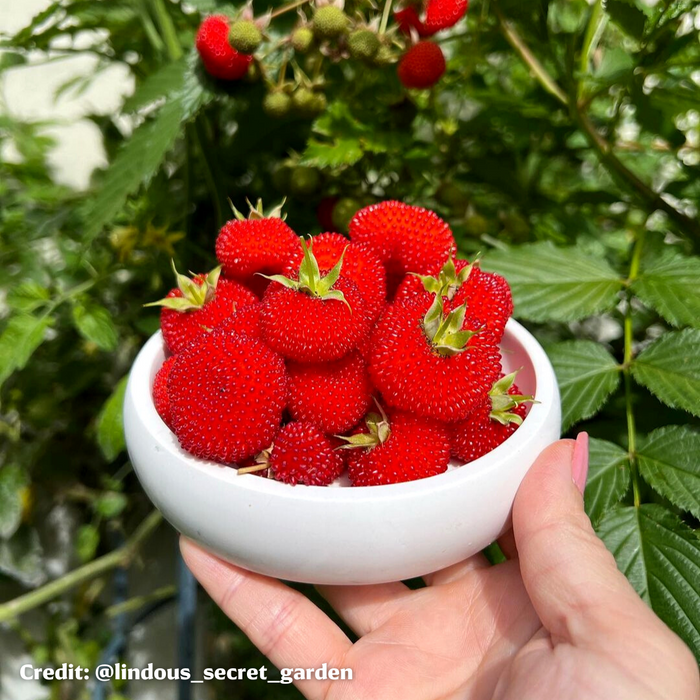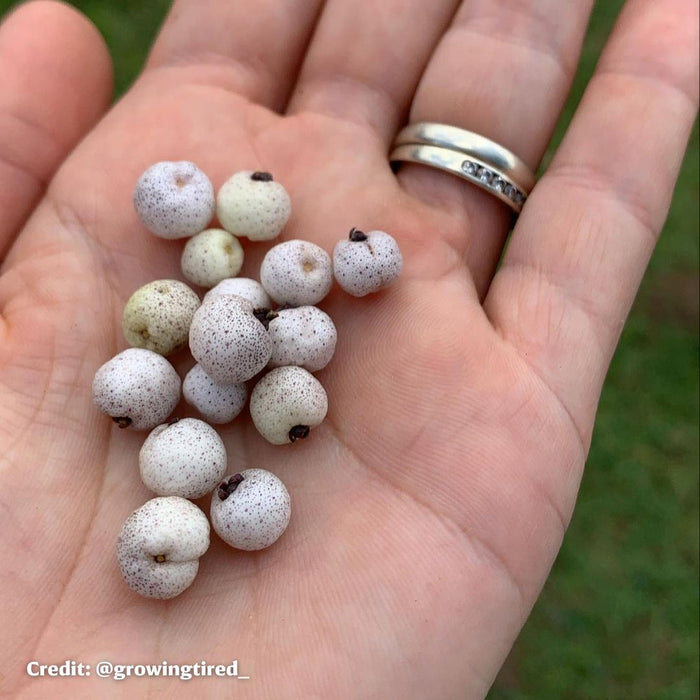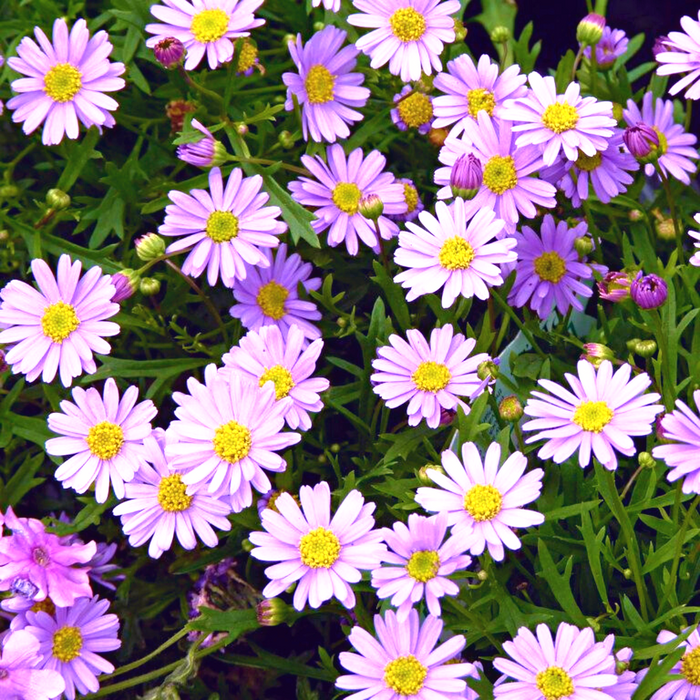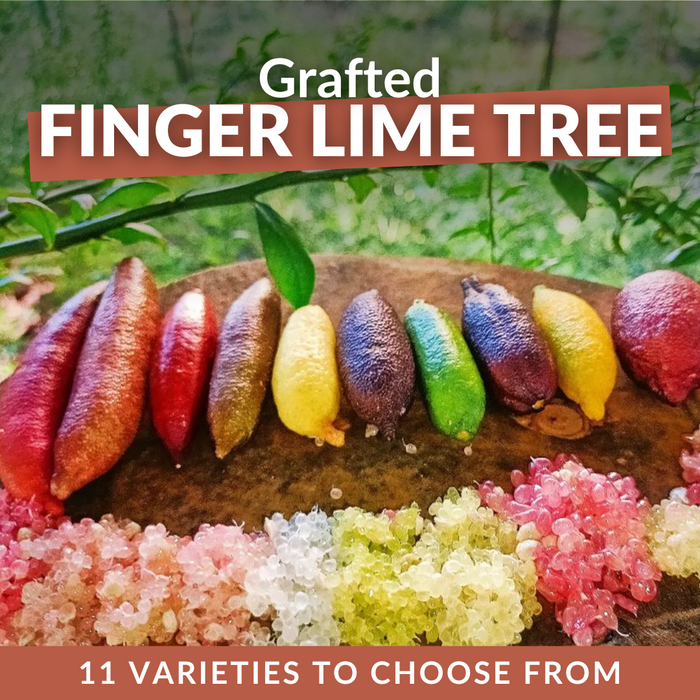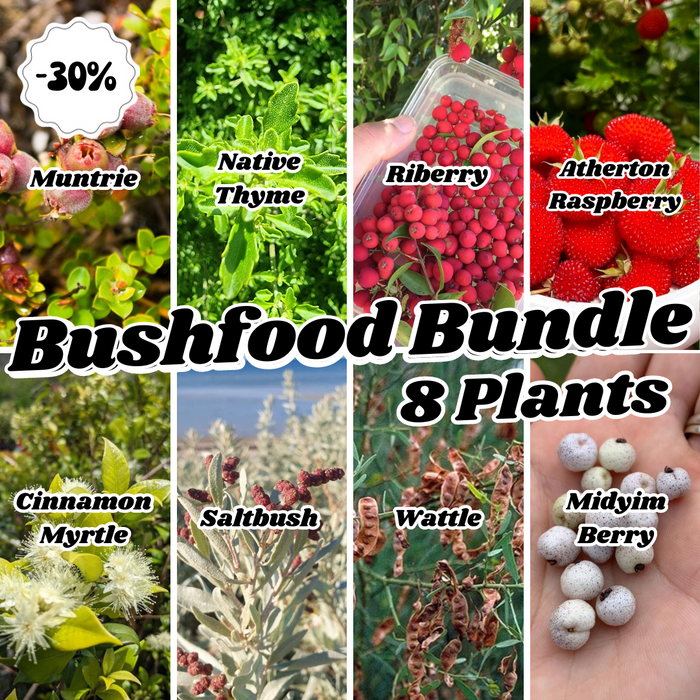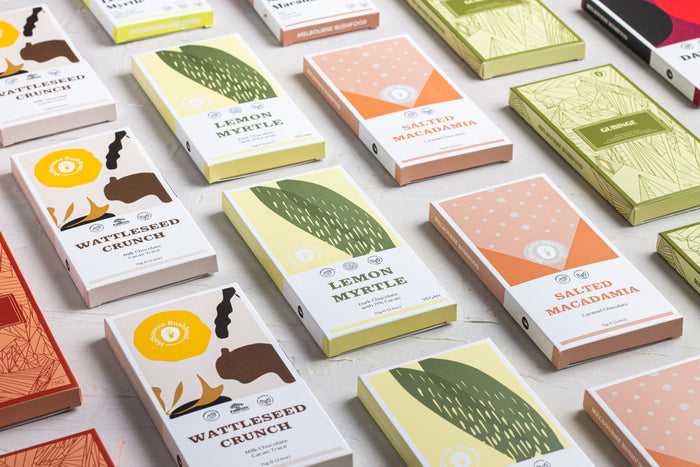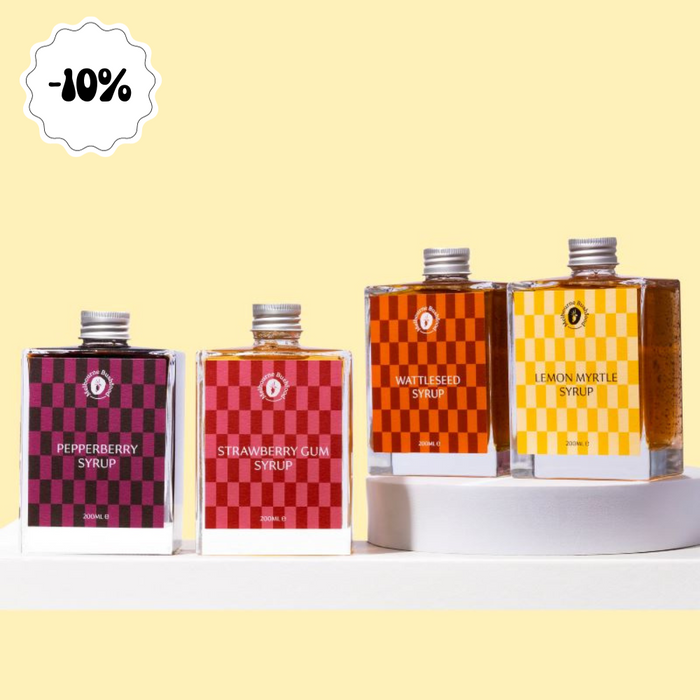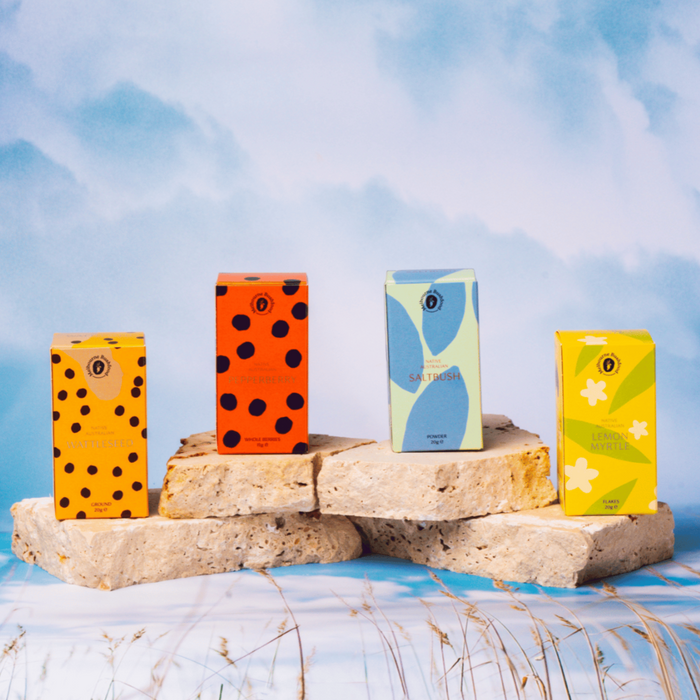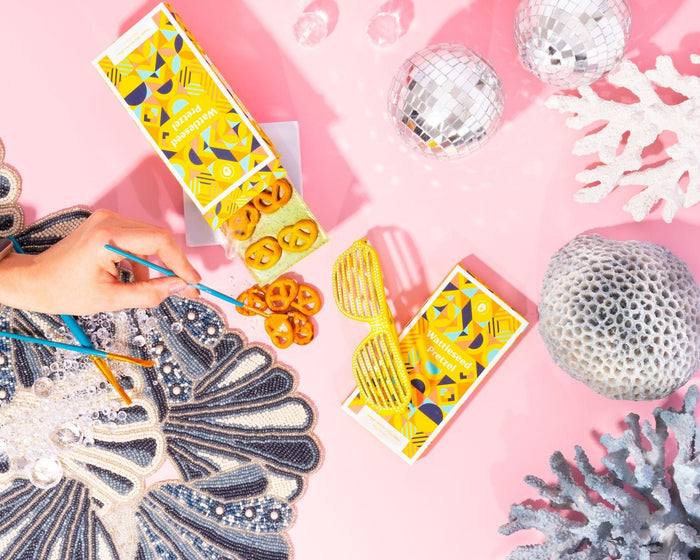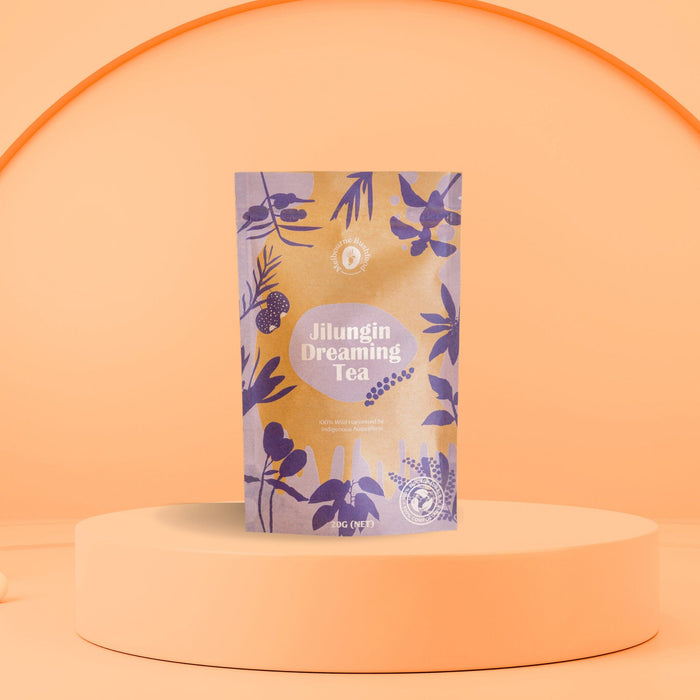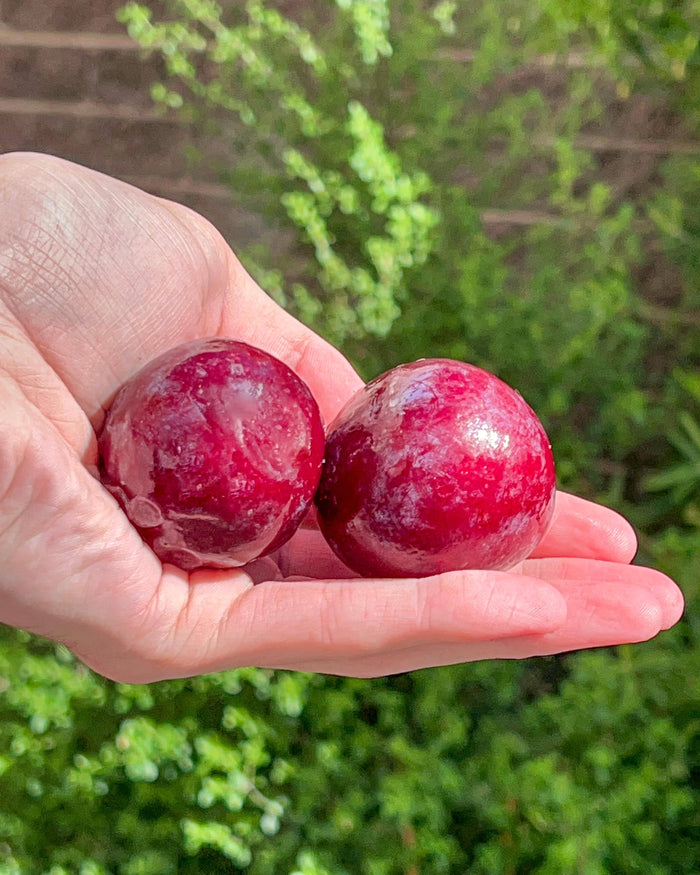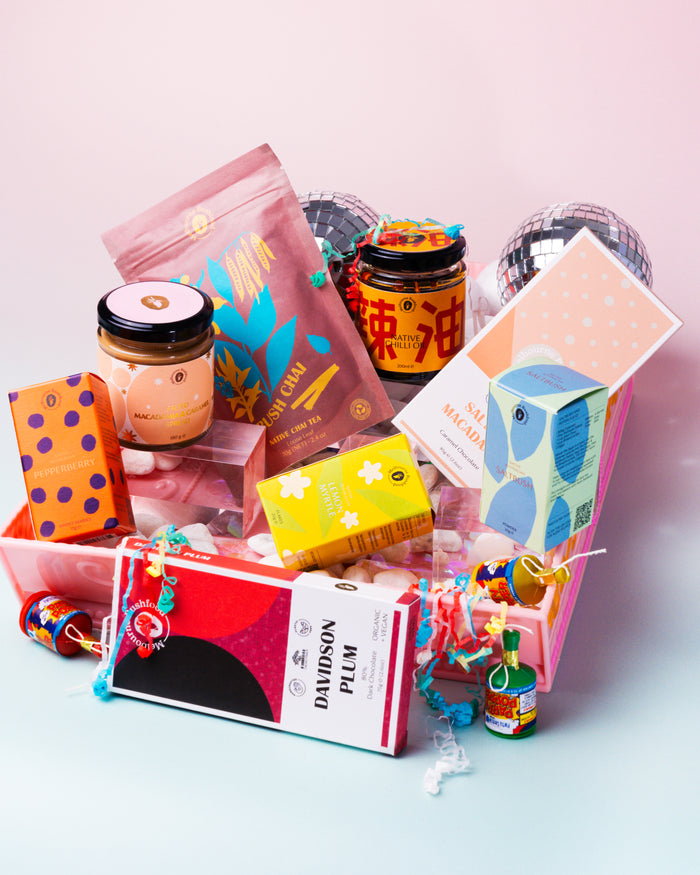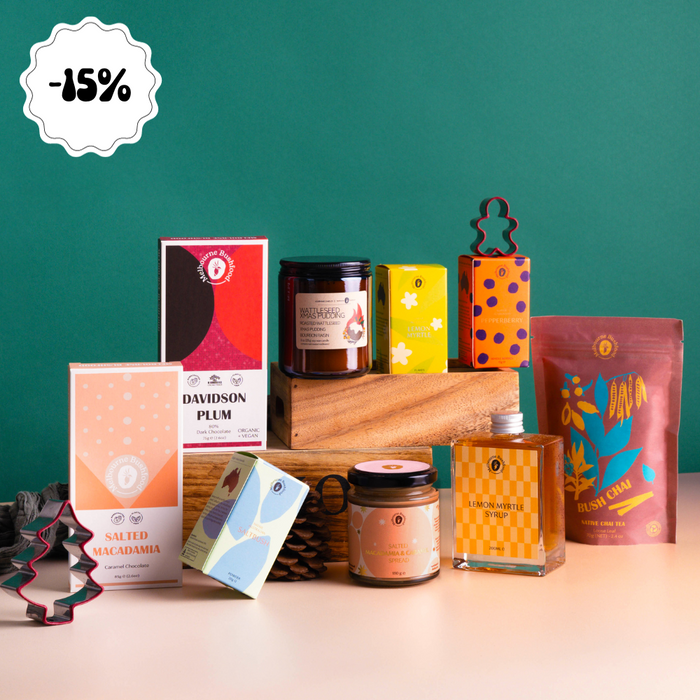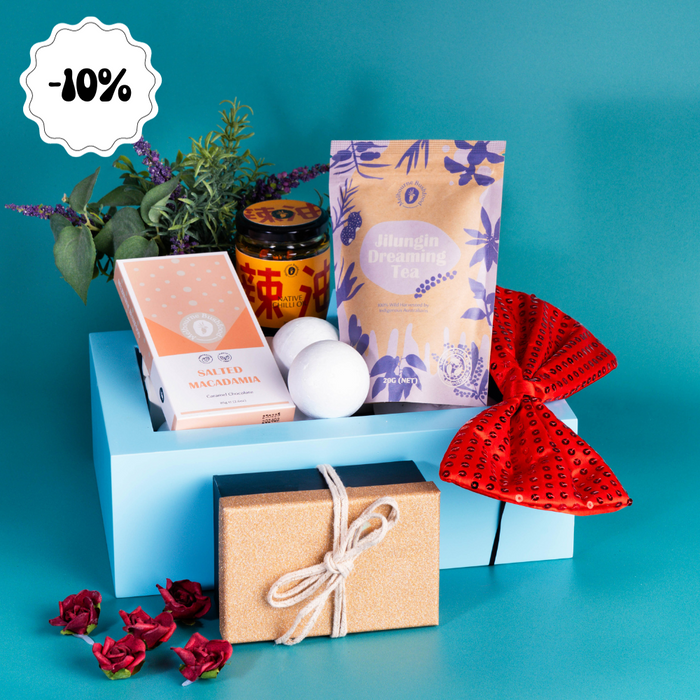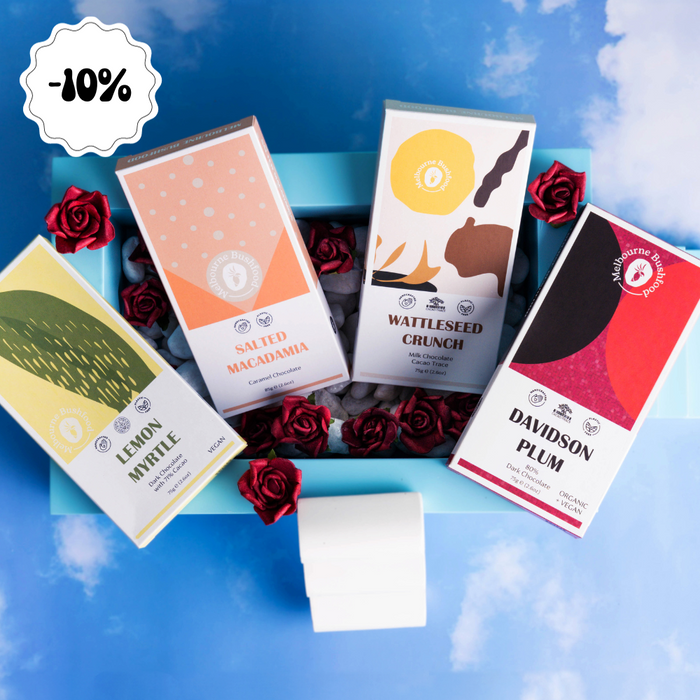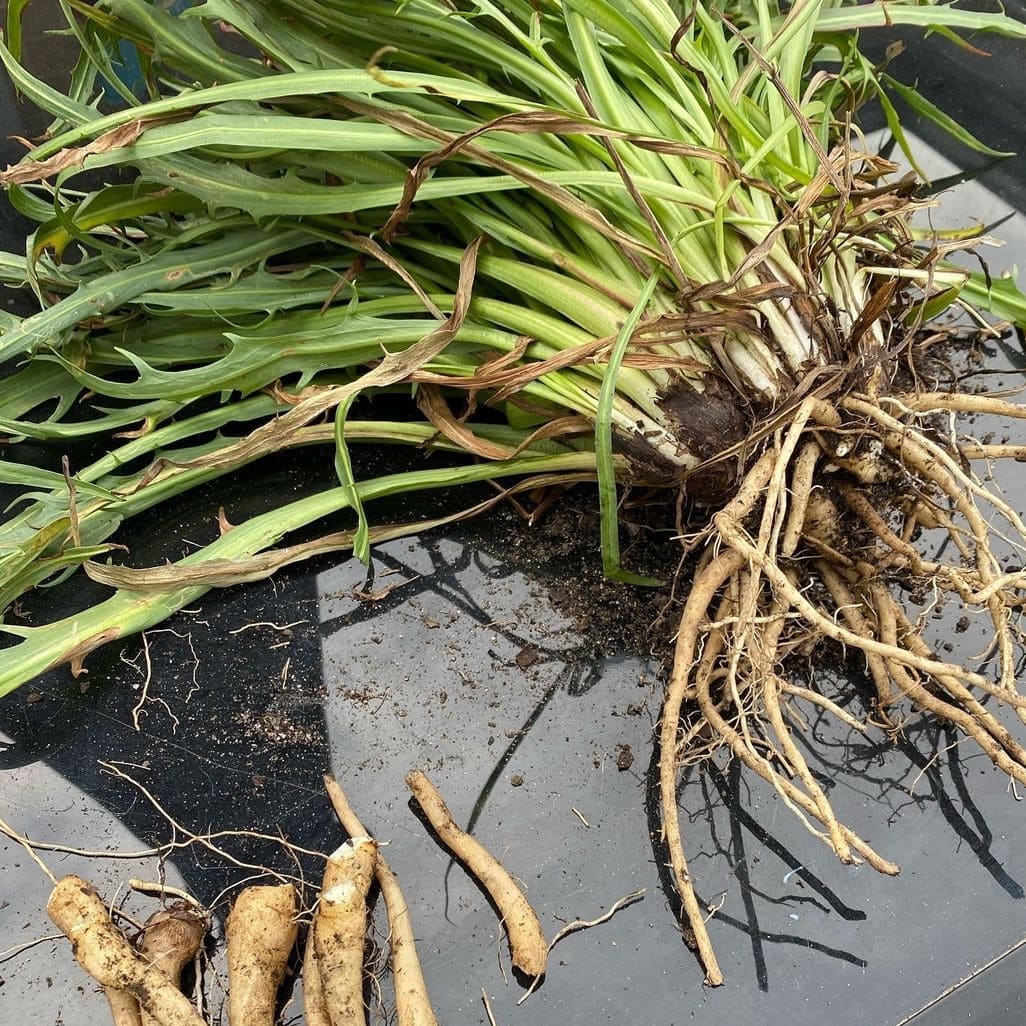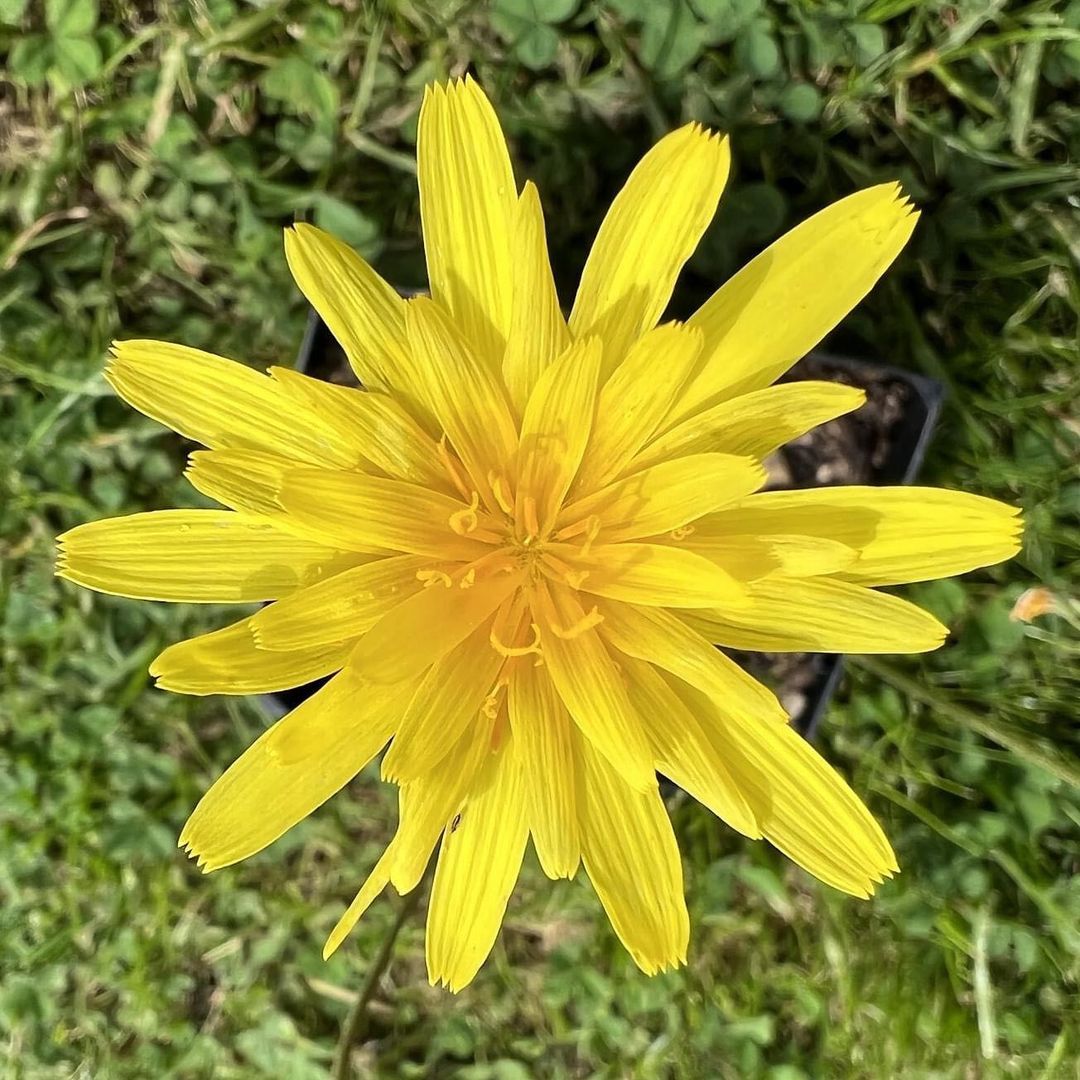
We're unable to ship plants to WA or TAS= - sorry!

We're unable to ship
plants to WA or TAS
- sorry!
plants to WA or TAS
- sorry!
CARBON NEUTRAL DELIVERY
Murnong (Yam Daisy) Plant FAQ's 🌱
Find your climate zone here.
When the flowers blossom in Autumn, the tuber roots are ready for harvest. Simply dig them up and enjoy. In the wild, this perennial species will tolerate a sandy soil and little water. But for best results in a home garden, use a rich and loamy soil, watering well during the Summer.

24 hour plant guarantee ✅
Accidents happen. We're insured to refund or replace any plant that's arrived dead or in a condition that won't recover. Simply get in touch within 24 hours of delivery with some pics and we'll either refund or replace it.


we're on a social crusade to put aussie natives into tummies like yours

